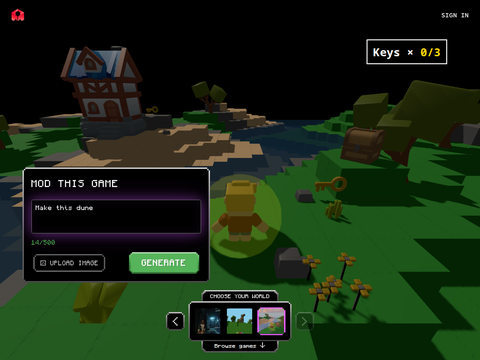NVIDIA unveiled its latest data center GPU, the H200 NVL, at the SC24 High-Performance Computing Conference in Atlanta. This PCIe-based graphics card is the newest addition to NVIDIA's Hopper series, specifically engineered for deployment in low-power, air-cooled data center racks. With approximately 70% of enterprise data centers consuming under 20,000 kWh of power, PCIe GPUs offer a flexible deployment option without the need for specialized cooling systems.
The H200 NVL outperforms its predecessor, the H100 NVL, with a 1.5-fold increase in memory efficiency and a 1.2-fold bandwidth boost. This GPU enables enterprises to fine-tune large language models within hours, delivering up to 1.7 times the performance.
The University of New Mexico has announced plans to utilize NVIDIA's accelerated computing technology for scientific research and academic applications. Professor Patrick Bridges, head of the university's Advanced Research Computing Center, stated that the H200 NVL will accelerate various projects including data science, bioinformatics and genomics research, physics and astronomical simulations, and climate modeling.
To further support the integration of artificial intelligence in scientific research, NVIDIA released the open-source framework BioNeMo, aimed at aiding drug discovery and molecular design. Additionally, NVIDIA launched the ALCHEMI platform, which leverages NIM microservices to help researchers optimize AI model testing for chemicals and materials through a virtual AI laboratory, achieving long-term stability assessments up to 100 times faster than traditional methods.
Addressing the challenges of extreme weather forecasting, NVIDIA developed two new NIM microservices—CorDiff NIM and ForCastNet NIM—to enhance the Earth-2 platform, which is used for simulating and visualizing weather and climate conditions. CorDiff utilizes generative AI technologies to provide weather forecasts at kilometer-level resolutions, while ForCastNet delivers medium-range, lower-resolution global predictions. Both microservices significantly outperform traditional CPU-based forecasting models in terms of speed and energy efficiency.
According to Bloomberg, insurance losses from natural disasters in the first half of 2024 are expected to reach approximately $62 billion, about 70% higher than the ten-year average. This includes increased wildfires and severe thunderstorms in the United States, as well as more costly storms and flood disasters in Europe. NVIDIA's technological advancements are poised to offer robust tools to address these challenges.








